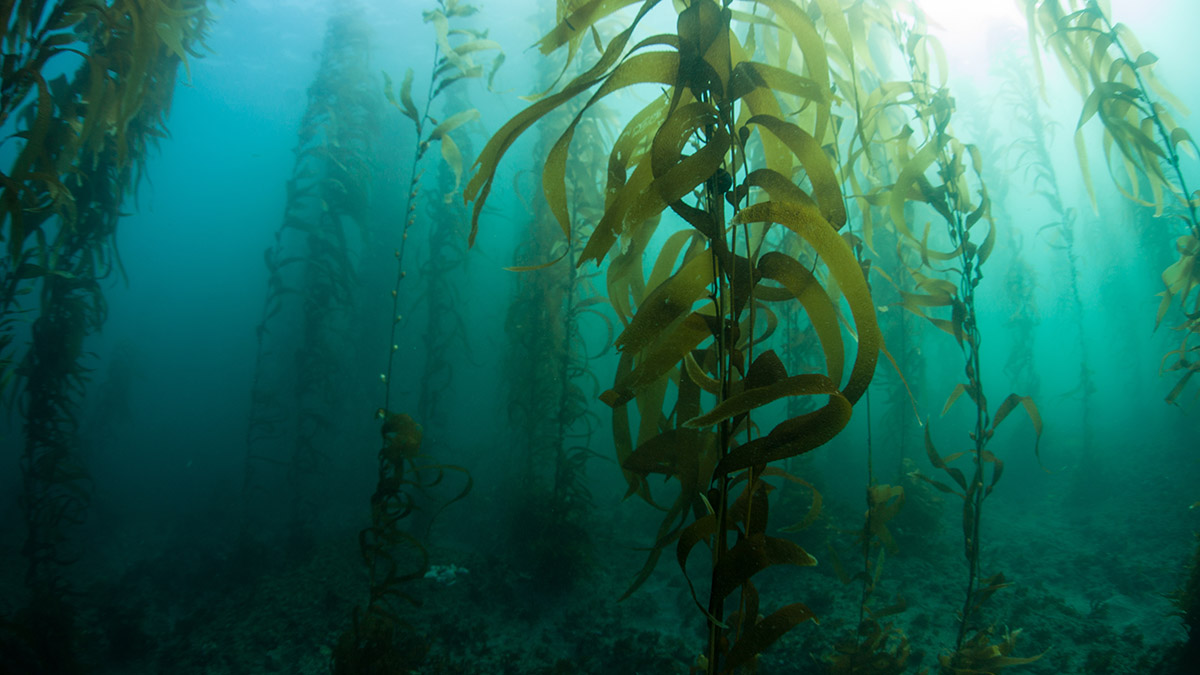Fucoidan is a fucose-rich polysaccharide isolated from brown algae. In the past, various studies have demonstrated numerous physiological activities. Among many benefits, Fucoidan is known for its anticancer effect and is drawing attention. Therefore, the synergistic fucoidan effect of combining Fucoidan and anticancer drugs is being studied as a new anticancer compound. Thus, I would like to share one of the research in this blog: “Fucoidan Extract Enhances the Anticancer Activity of Chemotherapeutic Agents in MDA-MB-231 and MCF-7” by Zhongyuan Zhang et al.
In this study, a fucoidan extract (FE) from Cladosiphon navae-caledoniae Kylin was prepared by enzymatic digestion. They investigated whether combining FE with cisplatin (CDDP), tamoxifen (TAM), or paclitaxel (TAXOL) would improve the therapeutic efficacy of cancer treatments. These co-treatments showed that MCF-7 cells were relatively resistant to CDDP treatment and somewhat sensitive to TAM treatment compared to MDA-MB-231 cells. In 400 μg/mL FE, more than 80% cell growth inhibition was induced by ten μM CDDP in MDA-MB-231 and MCF-7 cells. FE also enhanced TAM-induced (20 μM) cell growth inhibition in MDA-MB-231 cells from 29% to 84%. When FE was combined with TAXOL, the inhibition of MCF-7 cell proliferation was similar to that of MDA-MB-231 cells.
The synergistic effect of FE on chemotherapeutic agent-induced cell proliferation reduction was dose-dependent. When FE was combined with chemotherapeutic agents, cells exhibited shrunken nuclei, peripheral clumping, and nuclear fragments with bright chromatin. Enhanced tumor cell apoptosis with combined treatment was evidenced by a time-dependent increase in the number of annexin V-positive cells. (See Figure 1B) We found that 200 μg/mL FE enhanced five μM CDDP-induced apoptosis from 32.9% to 52.4% in MDA-MB-231 cells and 20.4% to 47.6% in MCF-7 cells.
Combining FE with TAM (10 μM) promoted cell death from 17.9% to 57.9% in MDA-MB-231 cells and 31% to 66% in MCF-7 cells after 48 h of treatment. Apoptotic cell death increased approximately 2-fold over 48 h in the presence of both FE and TAXOL (2.5 nM) compared to TAXOL alone in both MDA-MB-231 and MCF-7 cells. It significantly suppressed cell proliferation, apoptosis, and cell cycle changes in MDA-MB-231 and MCF-7 cells. FE promoted cancer cell apoptosis in response to treatment with three chemotherapeutic agents that downregulated the anti-apoptotic proteins Bcl-xL and Mcl-1. Combination therapy decreased ERK and Akt phosphorylation in MDA-MB-231 cells but increased ERK phosphorylation in MCF-7 cells. Furthermore, the study also observed that the combination therapy increased intracellular ROS levels and reduced glutathione (GSH) levels in breast cancer cells. We suggest that the induction of oxidative stress is a critical event in cell death induced by combination therapy.
Patients who took 150 mL of Fucoidan daily could endure long-term chemotherapy without fatigue. The survival time of fucoidan-treated patients was longer than that of non-fucoidan-treated patients, but the difference was insignificant. Therefore, combining chemotherapeutic agents may improve drug absorption and enhance clinical response.
First, in the study, the fucoidan extract (FE) from Cladosip uses low molecular weight FE. They investigated whether combining FE with cisplatin, tamoxifen, or paclitaxel would improve the therapeutic efficacy of cancer treatments. These co-treatments significantly suppressed cell proliferation, apoptosis, and cell cycle alterations in MDA-MB-231 and MCF-7 cells. FE promoted cancer cell apoptosis in response to treatment with three chemotherapeutic agents that downregulated the anti-apoptotic proteins Bcl-xL and Mcl-1. Combination treatment decreased ERK and Akt phosphorylation in MDA-MB-231 cells but increased her ERK phosphorylation in MCF-7 cells. Additionally, it was observed that the combination therapy increased intracellular ROS levels and decreased glutathione (GSH) levels in breast cancer cells. (See Figure. 2) They suggest that the induction of oxidative stress is a critical event in cell death induced by combination therapy.
The study demonstrates that the enzymatically digested polysaccharide FE, combined with the chemotherapeutic agents CDDP, TAM, and TAXOL, induces apoptosis and cell cycle in human MDA-MB-231 and MCF-231. In addition, it has been shown to cause cell growth inhibition via cell cycle arrest. These studies highlight the potential for the achievable efficacy of FE in combination with chemotherapeutic agents in cancer therapy. Still, further, in vivo and clinical studies are needed to evaluate the safety and effectiveness of these combination therapies in cancer patients.



Source: Mar Drugs. 2013 Jan; 11(1): 81–98 doi: 10.3390/md11010081

Wonderful beat ! I would like to apprentice while you amend your site, how can i subscribe for a blog web site? The account helped me a acceptable deal. I had been tiny bit acquainted of this your broadcast provided bright clear idea
Thank you for your message.
Since this is an individual blog site, it does not have any subscription or any.
Thank you for your understanding.
Hi, i think that i saw you visited my web site thus i came to 搑eturn the favor?I’m trying to find things to improve my site!I suppose its ok to use some of your ideas!!
Thank you. I am so grateful to know somehow my blog helps you. It is my pleasure if you can use my blog, but my blog is based on research that researchers do.
whoah this blog is wonderful i love reading your posts. Stay up the good paintings! You realize, a lot of people are searching around for this info, you can help them greatly.
I appreciated you very much your encouragement. You gave me courage to create much better my blog.
Thank you